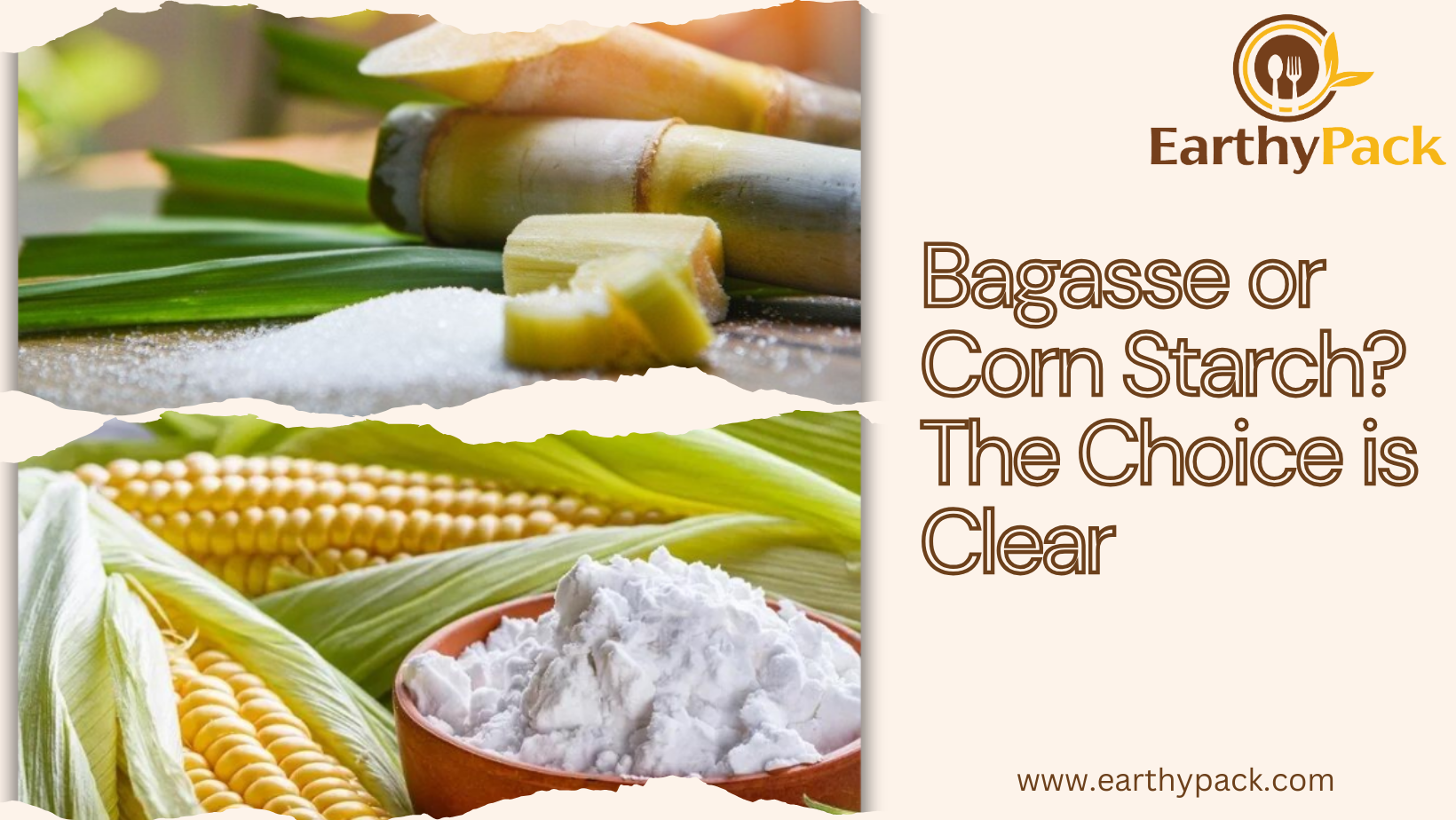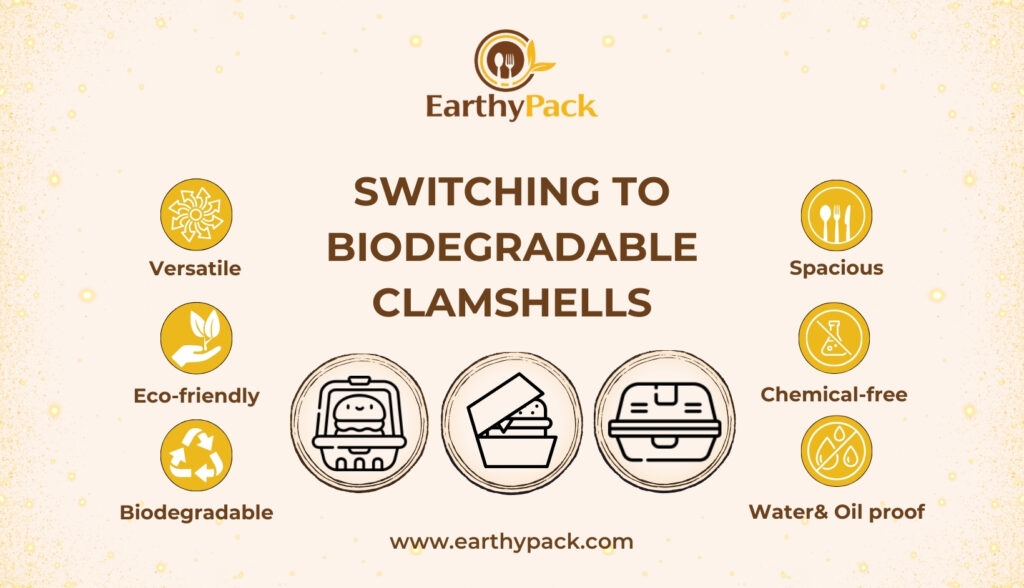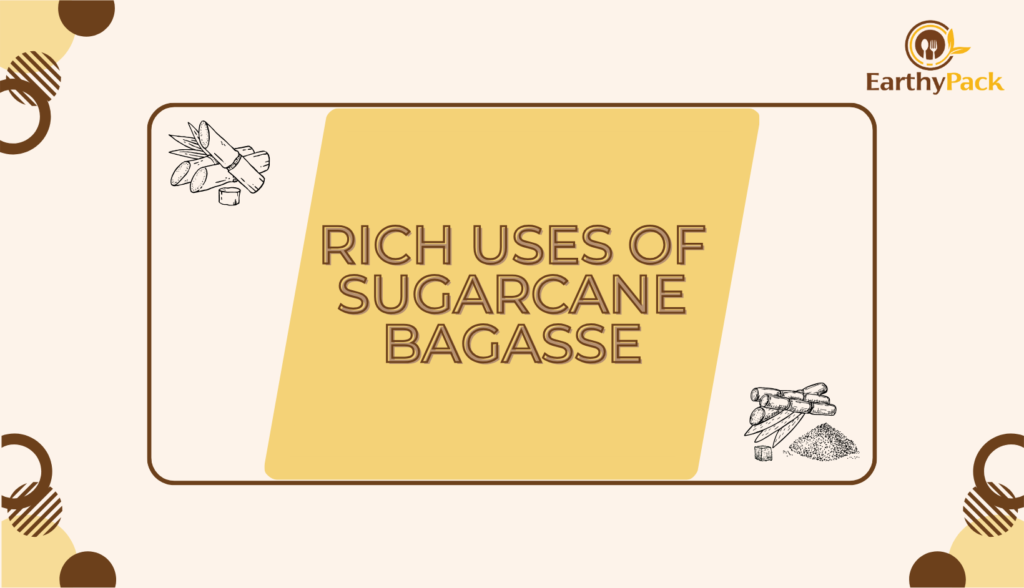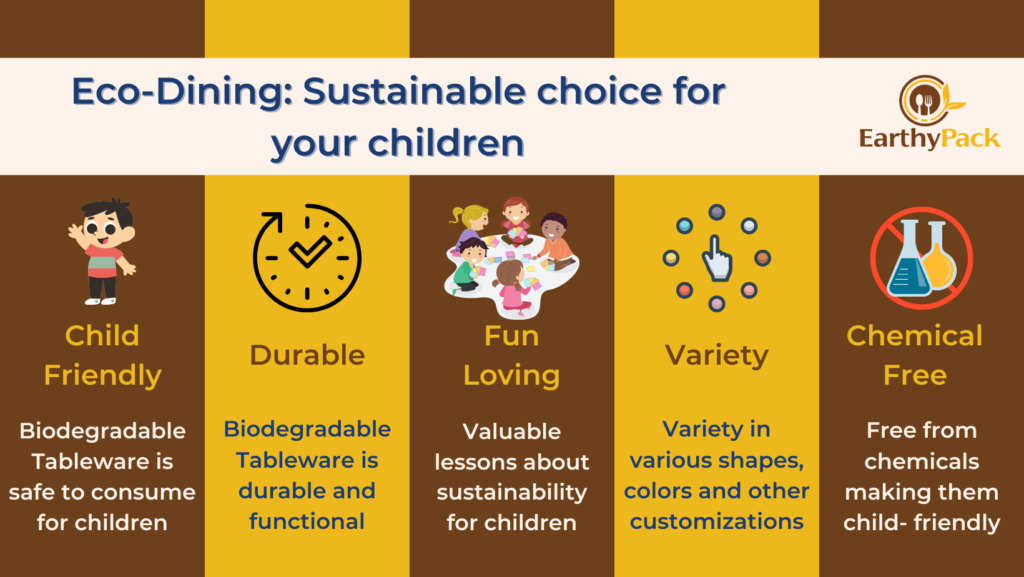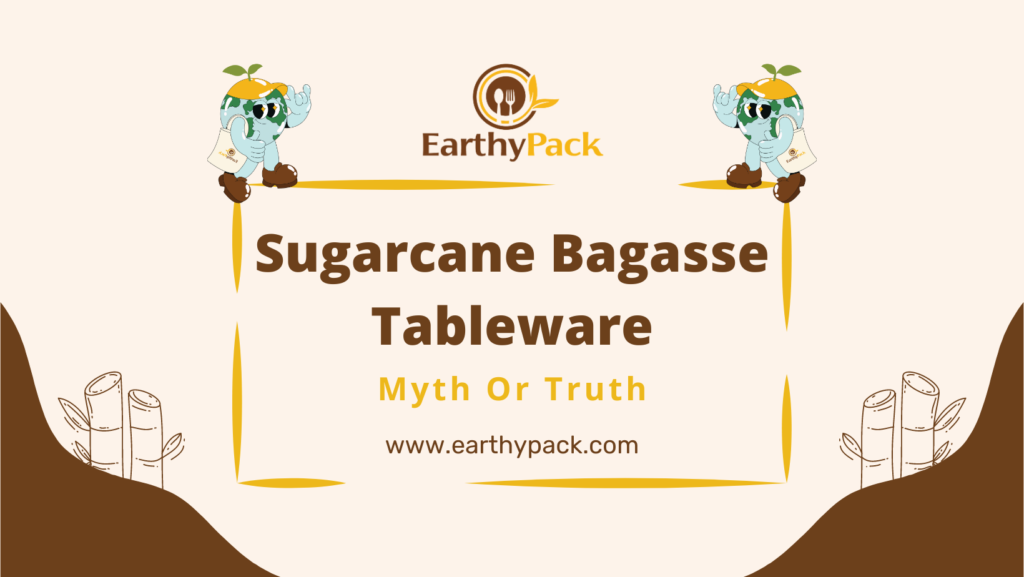In today’s world, where sustainability is the priority of consumers, the choice between eco-friendly alternatives has become increasingly important. Among the plenty of options, bagasse and corn starch products stand out as popular choices for those looking to reduce their environmental footprint. However, when it comes to comparing the two, bagasse emerges as the clear winner for several reasons.
Bagasse, derived from sugarcane fibers, has gained recognition for its simplicity and eco-friendliness. Unlike corn starch products, which contain a small amount of plastic, bagasse is 100% compostable, making it an ideal choice for biodegradable solutions. This organic compostability means that bagasse products can degrade naturally, returning nutrients to the soil without leaving harmful residues or contributing to environmental pollution.
Moreover, the production process of bagasse products is relatively simple, requiring minimal energy and resources compared to corn starch alternatives. By utilizing a byproduct of the sugarcane industry, bagasse helps to reduce waste and promote sustainable practices within the agricultural sector.
In addition to its environmental benefits, bagasse also offers practical advantages over corn starch products. One notable advantage is its suitability for the food service industry. Bagasse containers and tableware are widely used in restaurants, cafeterias, and catering services due to their durability and heat resistance. Unlike corn starch products, which can become soft and lose their shape when exposed to heat or moisture, bagasse products retain the stability in their structure, making them ideal for serving hot or oily foods.
Furthermore, bagasse products are microwave-safe, providing convenience and originality to consumers. Whether reheating leftovers or warming up a quick meal, bagasse containers can withstand the heat without releasing harmful chemicals or compromising food safety. This feature sets bagasse apart from corn starch alternatives, which may not be suitable for microwave use due to their composition.
While corn starch products have their own set of advantages, such as originality in applications ranging from medical disposables to automotive parts, they fall short in terms of compostability and microwave compatibility. Despite their wider range of uses, the environmental impact of corn starch products cannot be overlooked, especially considering the presence of plastic components in their composition.
In conclusion, the choice between bagasse and corn starch products ultimately comes down to prioritizing sustainability and practicality. While both offer eco-friendly alternatives to traditional plastic products, bagasse emerges as the superior option for its simplicity, compostability, and microwave-safe properties. By opting for bagasse products, consumers can contribute to a greener future while enjoying the convenience and reliability they provide. So, the next time you’re in need of eco-friendly disposable tableware or packaging, remember to choose bagasse over corn starch for a truly sustainable solution.

